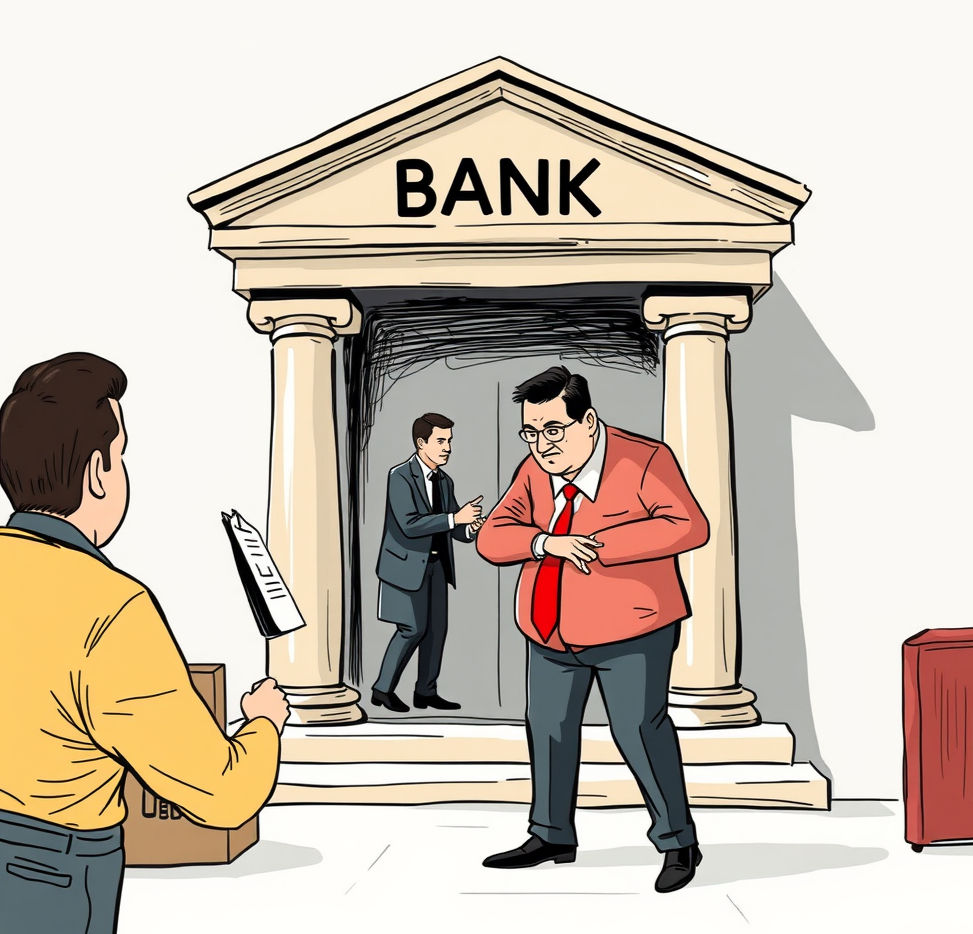Challenges in Protection of Trade Mark in Digital Age
- Lets Learn Law
- Aug 21
- 4 min read
In the digital era the revolutionized of business practices and the consumer behavior, making of the trademarks more critical for the brand protection. However, the online environment has also unique challenges for the protection of trademark. Here the Information Technology Act, 2000 comes which provide the framework for regulating the activities in the digital domain, including the issues which overlaps the Intellectual Property Rights. It’s a primarily focused on the electronic commerce, cybercrime, and data protection, several provisions of the IT Act have the implications for the trademark protection. Here are few key challenges to trademark protection in the digital era i.e.

Domain Name Protection:
The misuse of the domain name in the trademark cases, such as cybersquatting and typo squatting which remain the major challenges in the digital era. Although the IT Act does not specifically address the domain name disputes, but under Section 66C (identity theft) and Section 66D (cheating by impersonation using the computer resources) which may be invoked in the cases where the infringing of the domain names are used to deceive the consumers or the impersonate brands.
The Uniform domain Name Dispute Resolution Policy(UDRP) processes are commonly used and the courts of India rely on the trademark principles and the IT Act for any guidance in the addressing any trademark dispute.
2. Misuse of Trademarks on the Social Media:
Social media expose the trademark to risk such as fake accounts, unauthorized use of logos, and misleading of advertisements. Under the IT Act Section 79 provides the intermediaries like social media platform with the immunity from the liability of the third-party content provided they follow the due diligence requirement under the Intermediary Guidelines (2021). These guidelines require platform to act promptly upon receiving the takedown requests for the infringing content. However the lack of the proactive monitoring by the intermediaries often the result in the delayed removal of the harmful content, leaving the brand owner vulnerable to reputational damages.
3. Counterfeiting in E-Commerce:
Online marketplaces have become hotspots for the counterfeit goods, which misuse the trademark to deceive the consumer and damages brand reputation. Under the IT act Section 79 which require intermediaries to implement due diligence and respond promptly to takedown the requests. The Intermediary Guidelines (2021) which further mandate the platform to enable the proactive identification and the removal of the counterfeit listings. The Sheer volume of the counterfeit products on the platform makes the monitoring and the enforcement a resources-intensive task for the trademark owner.
4. Trademark Dilution and Parody:
Trademark are increasingly dilute through the memes, viral content, and parody which are easily shared online. While the parody may be protected as free speech in the certain jurisdictions, overuse can weaken the trademark’s distinctiveness. Under Section 67 of IT Act, the penalizing offensive or misleading the content which may offer some resources where the trademarks are misused the inappropriately. However the existing laws do not adequately address trademark dilution, which require the amendments to cover the specific nuances of the digital misuse.
5. Emerging Technologies:
Emerging technologies such as blockchain, Non-Fungible Tokens (NFT) and the Artificial Intelligence pose the new risk to trademark protection. For example, the NFT’s often feature the trademarked design without authorization, while the AI-generated content may be inadvertently infringe the trademarks. While the IT Act does not directly regulate these technologies, Section 66C (identity theft) and Section 72 (breach of confidentiality and privacy) can be applied in the cases involving the unauthorized use of the proprietary digital assets. Blockchain’s decentralized nature, however the complicates the enforcement, requiring the novel legal approaches.
6. AI- Driven Trademark Infringement:
AI tools are capable for generating logos, designs, or advertisements pose challenges for the trademark enforcement. These tools may unintentionally create the content which may closely resembles the existing trademarks. In the IT Act which does not directly regulate the AI-driven infringements, which provisions such as Section 43 unauthorized access and Section 66 hacking which could apply if the AI is used to exploits the trademarks maliciously. The monitoring and the addressing of such infringements which require advanced tools and the vigilance from the brand owner
7. Inadequate Legal Frameworks
The IT Act in providing the foundation for addressing the digital issues, which does not comprehensively cover all the aspect of the trademark protection. For instance, it lacks the specific provision for emerging the challenges such as algorithm-driven trademark misuse, intermediary accountability and cross-border enforcement. These gaps necessitate the reliance on the Trademark Act, 1999 which itself requires the updates to align with the realities of the digital age. The Legislative reform is essential to create the cohesive framework for the protecting of the trademarks in the digital world.
Conclusion
Trademark protection in the digital age require a multifaceted approach that combines the IT Acts provisions with the robust trademark laws and the international corporation. The IT Act addresses the key issues such as intermediary liability, counterfeiting and the cross-border enforcement but fails in the shorts in dealing with the emerging technologies like blockchain and the AI. By updating the existing legal frameworks, leveraging the advanced monitoring tools, and the promoting consumer awareness, brand owner can better safeguard their trademark in the dynamic digital landscape.
This article is authored by Vaibhav Srivastava. He was among the Top 40 performers in the Cyber Law Quiz Competition organized by Lets Learn Law.




Comments